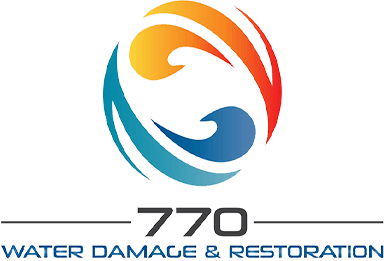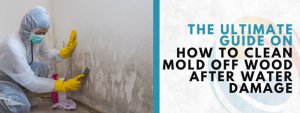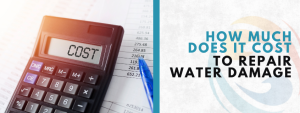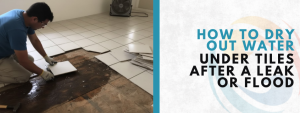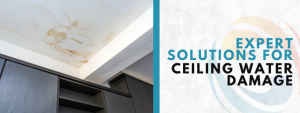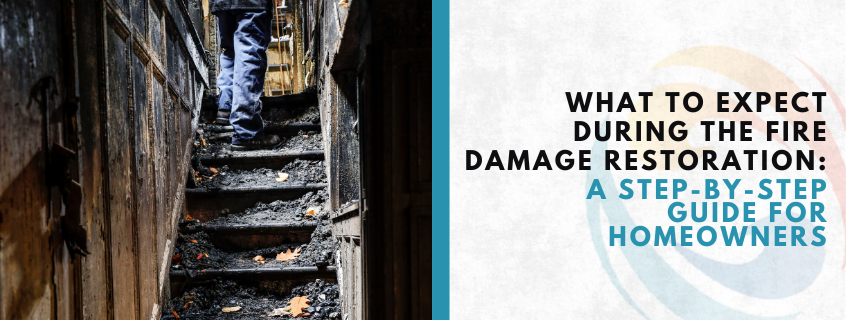
The First 24 Hours After a Fire
When the fire trucks leave, it might feel like everything’s calm. But this is actually one of the most important parts of the fire damage restoration process. The sooner you act, the better your chances of saving your home.
Here’s what you can expect:
- Emergency Contact: Many companies offer 24/7 help. You call, and a team is sent out fast.
- Fast Response: The team arrives quickly because waiting can cause more damage.
- Initial Assessment: They check the damage and look at safety risks.
They’ll also board up broken windows and put a tarp on the roof if it was damaged. This is to stop rain or animals from getting inside.
Assessing Fire, Smoke, and Soot Damage
After the home is secure, the team begins checking everything. This step in the fire damage restoration process helps them figure out how bad the fire was and what can be saved. In Manhattan Beach, this careful assessment is essential for restoring homes efficiently and safely.
They look at:
- Structure: Are the walls, floors, and ceilings strong?
- Smoke Damage: Is the smell stuck in the walls?
- Soot: Has black dust covered your furniture and items?
- Water Damage: Firefighters often use a lot of water, and it causes its own damage.
They’ll use tools like moisture detectors and thermal cameras to see what’s hiding behind the walls.
Water Removal and Drying
If your home was soaked by fire hoses, removing water becomes the next step in the fire damage restoration process. This part is all about drying out your home to stop mold and other damage from spreading.
Here’s how the team does it:
- Pump Out Water: They use large vacuums to remove standing water.
- Dehumidifiers: These pull water out of the air to stop mold.
- Air Movers: These help dry things like carpets and furniture.
- Moisture Checks: They keep checking with tools to make sure it’s really dry.
Why is this important? Because water left behind can lead to mold in less than 48 hours. It can also warp wood floors and ruin drywall.
Smoke and Soot Removal
This part of the fire damage restoration process is where the house starts to feel cleaner again. Smoke and soot get into everything—even places you wouldn’t expect, like inside your drawers or behind your pictures on the wall. In Manhattan Beach, professional restoration teams use specialized techniques to remove these hidden contaminants and bring homes back to a safe, livable condition.
The team uses:
- HEPA Vacuums: These suck up tiny soot particles.
- Air Scrubbers: These clean the air in your home.
- Ozone Machines: These remove strong smoke smells.
- Sponge and Wipe Tools: They gently clean your items, one at a time.
They might also remove insulation or other materials that can’t be cleaned. The goal is to get rid of the smell and dust for good. If you’ve ever wondered why your house still smells like smoke weeks after the fire, this is why. It’s not just about wiping things down—it’s a full, deep clean.
Cleaning and Sanitizing Every Surface
Once smoke and soot are gone, everything gets scrubbed and sanitized. This step in the fire damage restoration process is where your home becomes safe to live in again.
Teams clean:
- Walls and ceilings
- Floors and carpets
- Furniture and dishes
- Toys, tools, and electronics
They use special cleaners that kill germs and remove smells. If mold is starting to grow, they’ll treat that too. They also throw away items that can’t be saved. This is sad, but it’s important. Some items hold onto toxins and are no longer safe to use. In Manhattan Beach, these careful steps ensure that homes are restored to a healthy, safe environment for families to return to.
Here’s a quick list of what usually can’t be saved:
- Food that was exposed to heat or smoke
- Makeup and medicine
- Burned furniture or bedding
- Melted plastic
Restoration and Repairs Begin
Now it’s time to rebuild. This part of the fire damage restoration process can take a while, depending on how bad the damage was. But it’s also the most hopeful stage because you’re watching your home come back to life. In Manhattan Beach, skilled restoration teams work to rebuild homes with care, helping families move forward with safety, comfort, and peace of mind.
Here’s what this might include:
- Replacing drywall and insulation
- Fixing or installing new flooring
- Painting and refinishing surfaces
- Installing new cabinets or countertops
- Electrical and plumbing repairs
The good thing is, many restoration companies handle both cleanup and rebuilding. That means you don’t need to hire a bunch of different contractors.
Dealing with a fire is a terrifying experience—but you’re not alone. Fire Damage Restoration Manhattan Beach are here to help guide you through the aftermath. While the process may seem overwhelming, each step is carefully designed to rebuild your home stronger, safer, and better than before. If you’re feeling unsure or stuck, don’t wait. Contact a restoration expert who can walk you through everything—from emergency cleanup and water removal to full-scale repairs. With fire damage restoration, having the right team by your side can make all the difference.
Frequently Asked Questions About the Fire Damage Restoration Process
Q: What should I do first after a house fire?
A: Ensure everyone is safe. Once authorities say it’s safe to return, contact a professional fire restoration company immediately to prevent further damage from smoke, soot, or water.
Q: How long does the fire damage restoration process usually take?
A: Small fires may take a few days to a week. Larger fires that affect the structure can take several weeks or even months.
Q: Will I be able to stay in my home during the restoration?
A: It depends on the damage. If limited to one area, you may stay. Widespread smoke, soot, or structural damage usually requires temporary relocation.
Q: Can my belongings be saved after a fire?
A: Many items, including furniture and hard surfaces, can be restored. Severely burned or contaminated items, like mattresses, food, or melted plastics, typically must be replaced.
Q: How do I choose the right fire restoration company?
A: Look for 24/7 emergency service, strong reviews, and experience with both fire and water damage. A company that handles cleanup and repairs together is often the most efficient choice.
